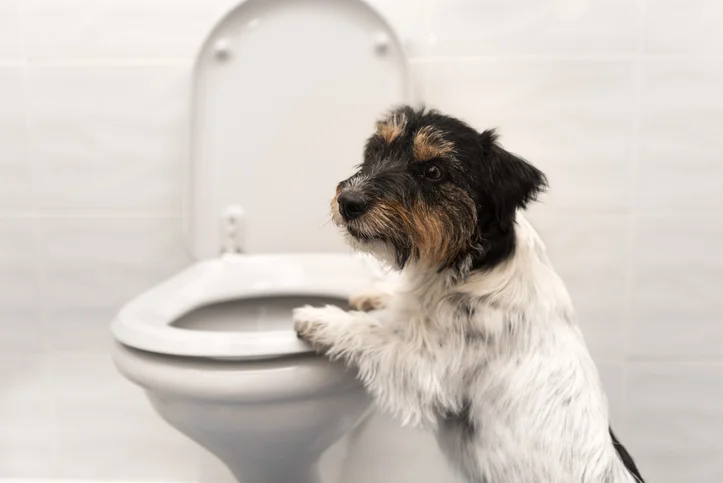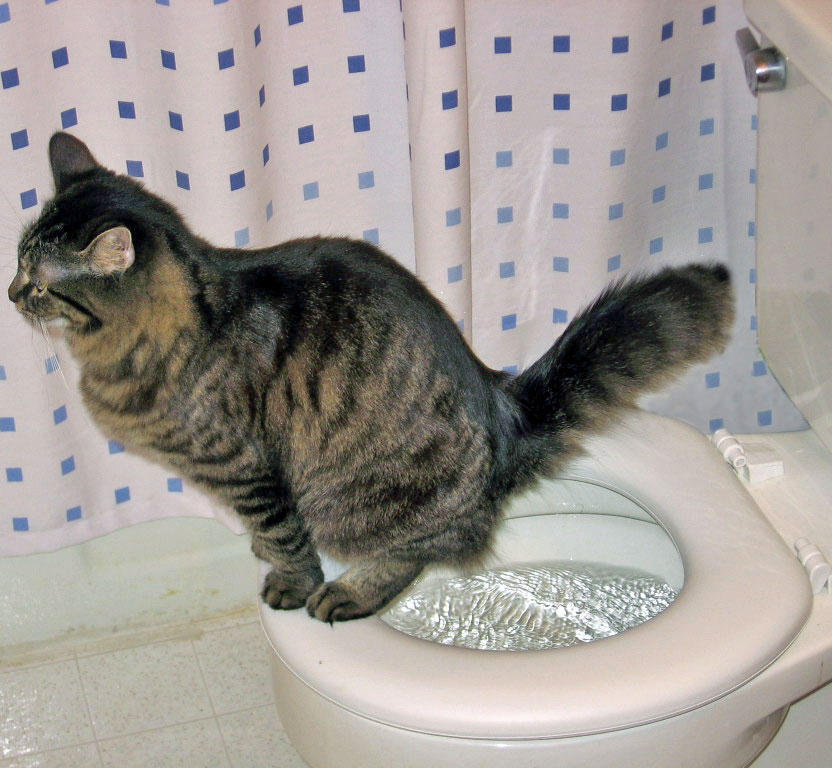Crucial Reasons Why Animal Waste Has to Never Be Flushed Down the Toilet
Crucial Reasons Why Animal Waste Has to Never Be Flushed Down the Toilet
Blog Article
Each person may have their personal opinion with regards to 4 Reasons Why Dog Poop Cleanup is Important.

When it concerns getting rid of waste, specifically animal waste, many individuals frequently turn to the convenient option of flushing it down the toilet. However, this apparently very easy remedy can have serious effects for the setting and public health. In this short article, we'll explore why flushing animal waste down the bathroom is a poor idea and give alternative methods for correct disposal.
Intro
Appropriate waste disposal is critical for preserving ecological sustainability and public health. While it may seem harmless to purge animal waste down the toilet, it can bring about various problems, both for the environment and human health.
Threats of flushing pet waste
Environmental effect
Flushing animal waste presents harmful microorganisms and microorganisms right into waterways, which can negatively influence aquatic ecosystems. These pathogens can contaminate water resources and damage marine life, disrupting fragile communities.
Public health problems
Animal waste consists of dangerous bacteria such as E. coli and Salmonella, which can pose serious wellness risks to people. Purging pet waste down the toilet can pollute water products, resulting in the spread of illness and infections.
Alternatives to flushing
Instead of purging pet waste down the bathroom, there are several different disposal approaches that are much more eco-friendly and sanitary.
Composting
Composting pet waste is an eco-friendly way to deal with it. By composting, organic matter is broken down into nutrient-rich soil, which can be made use of to fertilize yards and plants.
Landfill disposal
Getting rid of animal waste in a landfill is another alternative. While not as eco-friendly as composting, it is a much safer option to flushing, as it protects against the contamination of water resources.
Family pet waste disposal systems
There are specific family pet waste disposal systems available that safely and hygienically throw away animal waste. These systems commonly utilize enzymes to break down waste and get rid of odors.
Actions to appropriate pet garbage disposal
To make certain correct disposal of animal waste, follow these steps:
Scooping and nabbing waste
Routinely scoop and bag pet waste making use of naturally degradable bags. This stops waste from polluting the environment.
Using assigned waste bins
Dispose of bagged pet waste in designated waste bins, such as garden compost bins or landfill bins. Prevent flushing it down the bathroom in all prices.
Cleaning litter boxes and family pet locations on a regular basis
Frequently clean can and family pet locations to stop the buildup of waste and bacteria. Use pet-safe cleaning items to preserve hygiene.
Benefits of proper disposal methods
Embracing appropriate disposal techniques for pet waste supplies a number of advantages:
Reduced environmental pollution
Correct disposal approaches decrease the danger of environmental pollution, safeguarding rivers and ecosystems from contamination
Decreased danger of water contamination.
By preventing flushing pet waste down the toilet, the danger of water contamination is dramatically minimized, safeguarding public health.
Enhanced sanitation and hygiene
Proper disposal techniques promote far better cleanliness and health, developing a much get more info safer setting for both humans and animals.
Verdict
Finally, flushing animal waste down the commode is dangerous to the setting and public health. By taking on alternate disposal methods and complying with appropriate waste monitoring techniques, we can decrease the adverse impact of animal waste and contribute to a cleaner, much healthier world.
What To Do With Dog Poo – The Do's And Don'ts Of Disposing Of Faeces
Dog poo bins
Some councils provide dedicated dog waste bins in popular dog-walking areas that can take dog poo that has been bagged but you can legally dispose of dog waste in any public litter bin, as long as it is securely bagged. This also applies to your wheelie bin at home.
Do not flush
Water companies do not recommend flushing dog faeces down the toilet because certain parasites can survive the water processing treatment and are potentially harmful to humans. You should also never consider flushing dog poo that has been bagged down the toilet as the bags will not break down and instead create severe blockages in the sewage system.
In the woods
The Forestry Commission promotes a ‘stick and flick’ method for dealing with waste in the woods. This means finding a stick and using it to flick any poo from off the path so that it is out of the way of other walkers. You could also bury it as long as it is not in an area where there might be livestock.
Livestock
Parasites found in dog poo can be transmitted to livestock if they inadvertently eat infected faeces that has been left on grazing land. This could result in the death of sheep or abortion in cattle so you should always make sure you pick up your dog’s waste in fields where livestock could be present.

Frequently clean can and family pet locations to stop the buildup of waste and bacteria. Use pet-safe cleaning items to preserve hygiene.
Benefits of proper disposal methods
Embracing appropriate disposal techniques for pet waste supplies a number of advantages:
Reduced environmental pollution
Correct disposal approaches decrease the danger of environmental pollution, safeguarding rivers and ecosystems from contamination
Decreased danger of water contamination.
By preventing flushing pet waste down the toilet, the danger of water contamination is dramatically minimized, safeguarding public health.
Enhanced sanitation and hygiene
Proper disposal techniques promote far better cleanliness and health, developing a much get more info safer setting for both humans and animals.
Verdict
Finally, flushing animal waste down the commode is dangerous to the setting and public health. By taking on alternate disposal methods and complying with appropriate waste monitoring techniques, we can decrease the adverse impact of animal waste and contribute to a cleaner, much healthier world.
What To Do With Dog Poo – The Do's And Don'ts Of Disposing Of Faeces
Dog poo bins
Some councils provide dedicated dog waste bins in popular dog-walking areas that can take dog poo that has been bagged but you can legally dispose of dog waste in any public litter bin, as long as it is securely bagged. This also applies to your wheelie bin at home.
Do not flush
Water companies do not recommend flushing dog faeces down the toilet because certain parasites can survive the water processing treatment and are potentially harmful to humans. You should also never consider flushing dog poo that has been bagged down the toilet as the bags will not break down and instead create severe blockages in the sewage system.
In the woods
The Forestry Commission promotes a ‘stick and flick’ method for dealing with waste in the woods. This means finding a stick and using it to flick any poo from off the path so that it is out of the way of other walkers. You could also bury it as long as it is not in an area where there might be livestock.
Livestock
Parasites found in dog poo can be transmitted to livestock if they inadvertently eat infected faeces that has been left on grazing land. This could result in the death of sheep or abortion in cattle so you should always make sure you pick up your dog’s waste in fields where livestock could be present.

Do you really like reading about ? Try to leave feedback down below. We will be pleased to hear your responses about this review. We hope that you come back again before long. Sharing is good. Helping others is fun. I praise you for being here. Return soon.
Call Today Report this page